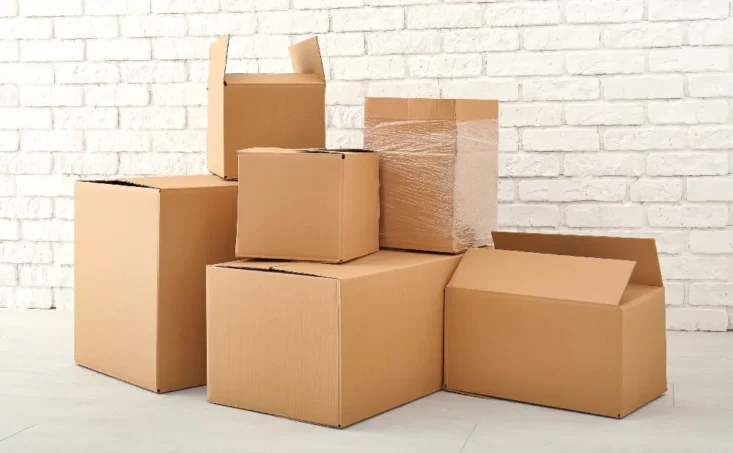
In international logistics and trade, packaging is not only a means of protecting products but also directly impacts transportation efficiency, costs, and safety. Proper packaging methods can prevent damage to goods during long-haul transport, ensure smooth customs clearance, and reduce transportation costs. This blog will discuss the best practices in packaging for international logistics.
During international transportation, goods may experience a variety of environmental changes and physical challenges, such as temperature fluctuations, humidity, vibration, and impact. Appropriate packaging can protect goods from these factors, ensuring that they arrive at their destination intact.

Material Selection
Choosing the right packaging material is crucial. This includes sturdy cardboard boxes, wooden crates, or plastic containers, along with adequate filling and cushioning materials, such as foam or bubble wrap.
Weight and Size
Considering the weight and dimensions of the goods is vital for packaging design. Ensure the packaging structure can support the weight of the goods and fits within standard transportation size and weight limits.
Fragile and Hazardous Goods
Fragile and hazardous items require special packaging considerations. Use specially designed containers and clear labeling to ensure the safe transportation of these goods.
Labeling and Documentation
Correct labeling and transportation documents are key to smooth customs clearance. Ensure all packaging is clearly labeled with recipient information, weight, hazardous material indicators (if applicable), and handling instructions.
Standardized Packaging
Use standardized sizes and forms of packaging to improve loading efficiency and accommodate various modes of transportation.
Environmental Considerations
Opt for recyclable or biodegradable packaging materials to reduce environmental impact.
Safety First
Consider anti-theft and tamper-proof features in packaging design, especially for high-value goods.
Testing and Validation
Conduct appropriate tests, such as drop tests and pressure tests, to verify packaging performance under extreme conditions.
Effective packaging in international logistics not only protects products from damage but also helps increase transportation efficiency, reduce costs, and ensure smooth delivery. By adopting best packaging practices, businesses can avoid potential losses, increase customer satisfaction, and maintain competitiveness in the global market.

Wing Shipping offers various logisticssolutions for Chinese exports, including air,sea, and rail freight. We promote tradebetween China and the world, contributingto the development of your business.
Wing Shipping offers various logistics solutions for Chinese exports, including air, sea, and rail freight. We promote trade between China and the world, contributing to the development of your business.
Copyright 2024 Wing-Shipping. All Rights Reserved.